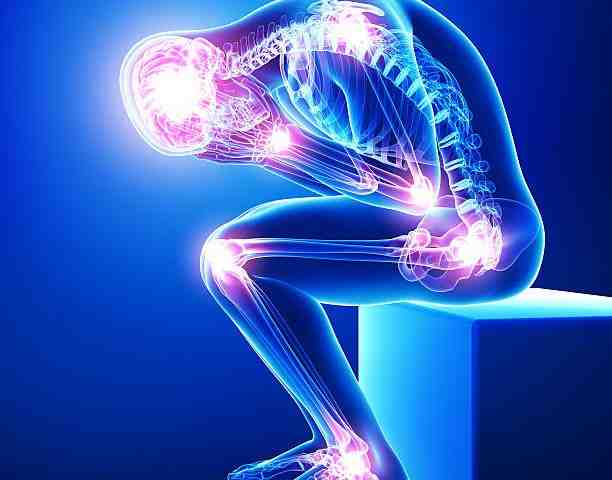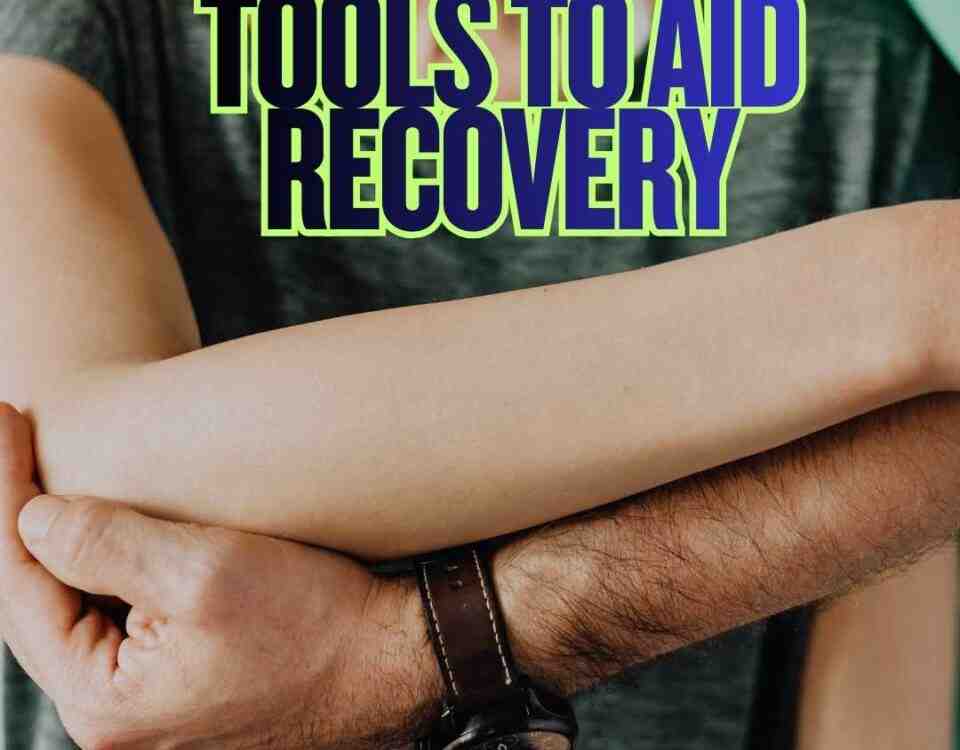What is Rhabdomyolysis After a Motor Vehicle Accident?

Inhale, Exhale..Are You Breathing Correctly?
July 5, 2023
How Common is Juvenile Arthritis?
July 5, 2023Rhabdomyolysis After a Motor Vehicle Accident
Being involved in a motor vehicle accident (MVA) can have lasting effects on both physical and emotional well-being. One such potential consequence is rhabdomyolysis, a condition that arises from muscle injury. Treating patients involved in MVA’s over the years, this condition is a rare occurrence to see but it is important to understand the signs and symptoms in case you find yourself in that position.
Rhabdomyolysis is a condition that can develop after an MVA and will involve the breakdown of muscle tissue. The forceful impact and trauma experienced during an accident can cause significant muscle injury, leading to the release of myoglobin and other muscle components into the bloodstream.
Symptoms of rhabdomyolysis may not show immediately following the accident. Individuals may experience muscle pain, weakness, swelling, and dark-colored urine in the days or weeks that follow. It is important to recognize these symptoms and seek medical attention promptly to ensure a timely diagnosis and appropriate treatment. When diagnosing rhabdomyolysis, healthcare professionals will typically perform a physical examination and order blood tests to assess muscle enzymes and myoglobin levels. Imaging studies may also be conducted to evaluate the extent of muscle damage. Identifying rhabdomyolysis early on is crucial, as delay in treatment can worsen the physical and emotional distress experienced by individuals post-MVA.
Treatment for rhabdomyolysis is important to prevent further damage. A key part of the patient’s care and management is the prevention of further muscle damage. To do this, complications should also be addressed to help in recovery. One typical treatment at the hospital is the administration of intravenous fluids to help maintain hydration and assist the body in the removal of myoglobin from the kidneys. If the problem becomes serious enough, a trip to the ER or hospitalization may be needed for more monitoring and specialized care. Rehab will also play a key role in the recovery process after the acute phase of rhabdomyolysis. After the acute phase of the condition has passed, physical therapy will help individuals regain strength and mobility. A tailored rehabilitation plan is key for slow muscle recovery, prevention of complications and restoration of the body’s functions. Once you have your rehab program, you will have to stick with it if you want to reach maximum recovery.
Rhabdomyolysis can be one of the many outcomes suffered following an MVA. There can be significant physical and emotional problems as a result. Understanding the condition, recognizing the symptoms, and seeking prompt medical attention are vital steps in management. This will help you get back to enjoying your daily life.
— This article is written by Aaron Workman, DC, one of the members of Chambers Medical Group’s team of car accident chiropractors who offer a variety of treatments and therapies ranging from diagnostic testing to various soft tissue therapies for car accidents and injuries in Kentucky.
–
Have you been in a car accident? If you or somebody you know has been in a car accident, be sure that you seek medical attention from a car accident doctor or car accident chiropractor to treat your injuries. Visit Chambers Medical Group to receive world-class medical treatment for your injuries.
Chambers Medical Group has car accident medical clinics in the following locations:
- Car Accident Medical Clinic in Tampa
- Car Accident Medical Clinic in Plant City
- Car Accident Medical Clinic in Brandon
- Car Accident Medical Clinic in Lakeland
- Car Accident Medical Clinic in Sarasota
- Car Accident Medical Clinic in Louisville
- Car Accident Medical Clinic in Lexington
- Car Accident Medical Clinic in Florence




